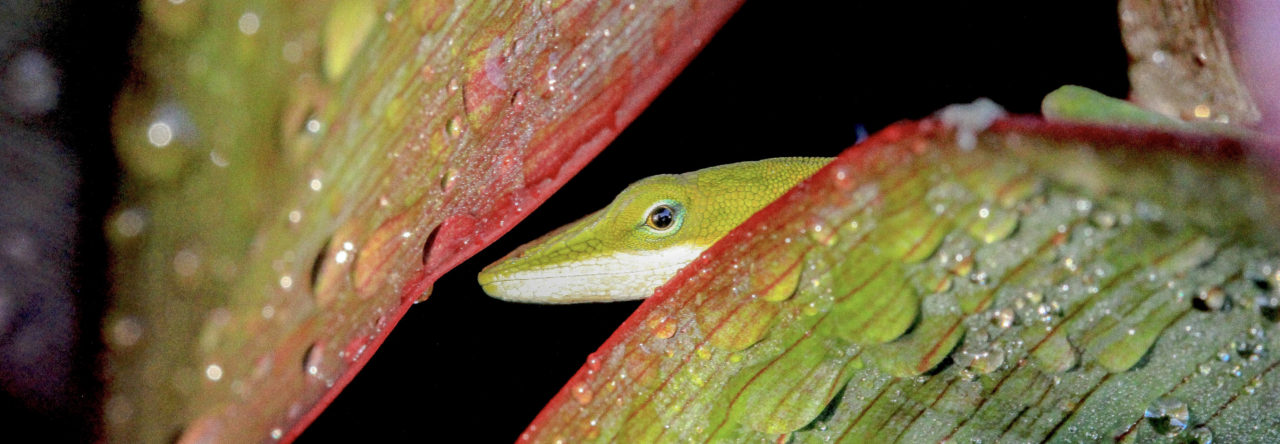
Photo by Ambika Kamath
Behavioral research is often reduced to a large set of data points, necessary of course for statistical analysis. But sometimes what gets lost is actual knowledge of what animals do in their natural habitats. There’s no substitute for just watching an animal over the course of a day or a week. Often what you’ll see is that animals are not little automatons, repetitively undertaking particular actions in accord (or not) with our theories. Rather, they have lives where they do all kinds of idiosyncratic behaviors, the sort of quirky detail that often get lost in high-falutin’ analyses of behavior. Ambika Kamath demonstrated just this in her recent post, “A Week in the Life of U131.” Here’s the first paragraph. You’ll have to go to her website to read the rest:
When you’re collecting data on the behaviour of individual animals over time, as I am this summer, your observations sometimes feel less like a collection of numbers and more like a collection of personal narratives. Of course, the data are both numbers and narratives, and when it comes time to analyze this collection of datapoints and understand the patterns that emerge from it, the numbers will be all that matter. But in the meanwhile, before I can look the bigger picture, I enjoy considering the individual narratives. And this week, I encountered a lizard whose story illustrates why it’s worth considering these narratives at all.
- Evolution in Real Time on Lizard Island - March 23, 2025
- Spider Snags Adult Anolis osa - March 22, 2025
- An Homage to the Green Anoles of New Orleans - March 21, 2025


Brian Hillen
I definitely feel this way watching all the anoles around (and in) my house. We generally name the ones that stay with us consistently for weeks/months/years at a time. They definitely have “personalities.” Some will let us get close, others run away the minute we enter the room (or round the corner of the backyard). Some like my wife or myself preferentially 🙂
As someone who has little experience studying anoles in a research setting, I understand that they have a harem structure and have territorial size requirements, this is often not what I see around my house. I generally see males with only one female they allow close (~3 feet or less) but the territory sizes are much smaller than accepted values and consistently infiltrated by other anoles (males and females) of multiple species.
One personality anecdote: One of the male brown anoles who sleeps inside our house will often “fight” with another male through the sliding glass door, leaving both of them terribly stressed!
And group behavior: If you ever doubt the visual acuity of anoles, every time a green anole comes within 10-12 feet of the brown anoles on my porch, they ALL freak out, doing lots of push ups and dewlapping at the intruder.
Ambika Kamath
Thanks for your observations! The “harem” reproductive structure and territoriality of brown anoles is exactly what I’m studying this summer, and all the evidence so far suggests that these lizards are behaving rather differently than is currently believed. You can see more details of this project here (http://ambikamath.wordpress.com/lizards/), and stay tuned for more results!